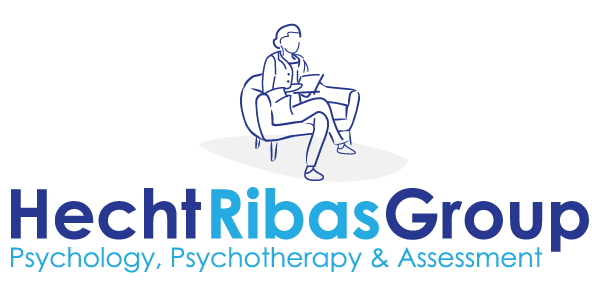Adoption lifebooks are an invaluable tool for adopted children and their families. These scrapbook-like documents are created with the intention of helping children explore and make sense of their past, provide them with a sense of identity, and affirm the love of their adoptive families. Adoption lifebooks can be a powerful tool for understanding and overcoming the complexities of adoption.
Adoption is often considered a complicated process due to its a mix of emotions, including joy and sorrow, guilt and hope, and love and loss. Adoptive parents, who may be struggling to help their child make sense of the past and adjust to their new environment, can find support in creating and using an adoption lifebook. Lifebooks are a way to help connect the child to their past and the beginning of their journey with their family.
The contents of an adoption lifebook vary from family to family, but often include mementos from the adoption process, photographs from the birth family and home country, stories about the adoptions, and pictures of the adoptive family’s life together. When included, birth family information can range from simple facts to detailed biographies.
The goal of the lifebook is to help the child build a positive concept of self and to understand their family history. It allows the child to ask questions, engage in conversations about the past, and to feel a sense of belonging and identity. It also provides a means for them to construct an emotional bridge between their past and present, and create interconnections between the countries and cultures they are a part of.
The physical process of creating a lifebook can also be beneficial for the child and the family. It gives the parents the chance to discuss how they met and their journey to create their family, which can be a powerful tool in understanding the child’s unique story and the events that led them to be a part of the adoptive family. It also provides the child with an outlet to explore, document, and express their thoughts and feelings in a tangible, physical form.
In addition to helping answer questions about the past, an adoption lifebook can also serve as an ongoing, visual reminder of the love of their family. It is a powerful expression of the family’s commitment to the child and helps to foster a strong connection within the family. It also serves as a reminder of the child’s unique background, something that can be particularly important as they get older.
While adoption lifebooks are an important tool in helping adopted children and their families cope with the complexities of adoption, the success of using a lifebook depends on a number of factors. Parents should be aware that exploring the past with a child can be emotionally and psychologically challenging for both the child and the parent. Parents should also be prepared to provide emotional and psychological support to help the child process any feelings or memories that may arise from exploring the lifebook.
Ultimately, adoption lifebooks are a powerful and effective tool for helping adopted children explore and make sense of their past and their identity. They provide a platform for further discussion and exploration and can serve as a perpetual reminder of the family’s love for the child. By creating and using an adoption lifebook, adoptive parents can provide the necessary support in helping their children develop a strong sense of identity, a secure connection to their past, and a lifelong feeling of belonging.

